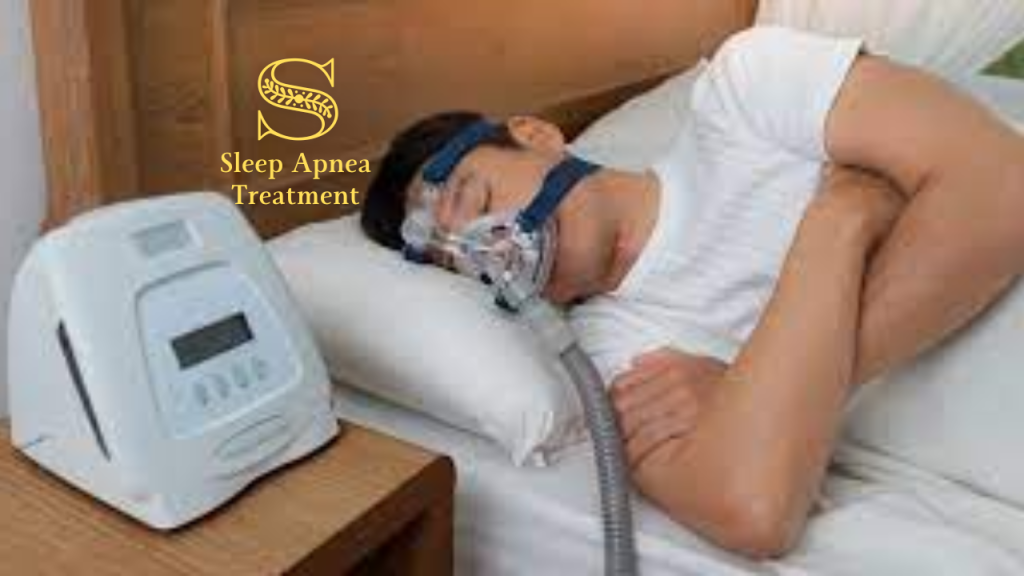Sleep apnea, a disorder characterized by repeated interruptions in breathing during sleep, affects millions worldwide, compromising sleep quality and overall health. Navigating the road to effective sleep apnea treatment is crucial for reclaiming restful nights and enhancing well-being. This comprehensive guide explores the steps towards diagnosing and treating sleep apnea, highlighting the positive impact of proper management on individuals’ lives.
Understanding Sleep Apnea
Sleep apnea occurs when a person’s breathing is interrupted during sleep, leading to significant reductions in blood oxygen levels. These interruptions, known as apneas, can happen hundreds of times each night, significantly disrupting sleep patterns and leading to excessive daytime sleepiness, poor concentration, and increased risk of serious health conditions.
Types of Sleep Apnea
Obstructive Sleep Apnea (OSA): The most common form, caused by the relaxation of throat muscles, leading to a blocked airway.
Central Sleep Apnea (CSA): Less common, occurs when the brain fails to signal the muscles responsible for controlling breathing.
Complex Sleep Apnea Syndrome: A combination of both OSA and CSA.
The Diagnosis Journey
The first step towards effective treatment is obtaining an accurate diagnosis. This typically involves:
Sleep Evaluation
A thorough medical history review and a physical examination are usually the first steps. Health care providers may ask about sleep habits, snoring intensity, and episodes of breathing cessation witnessed by others.
Sleep Studies
Polysomnography (PSG) is the most comprehensive sleep study, conducted overnight at a sleep center. It monitors various bodily functions during sleep, such as brain electrical activity, eye movement, muscle activity, heart rate, respiratory effort, airflow, and blood oxygen levels.
For some, a home sleep apnea test (HSAT) might be appropriate. HSATs are less invasive and can be conducted in the comfort of one’s home, focusing primarily on airflow, breathing patterns, blood oxygen levels, and heart rate.
Exploring Treatment Options
Treatment for sleep apnea aims to restore regular breathing during sleep and alleviate symptoms. The choice of treatment depends on the type and severity of sleep apnea, as well as the patient’s preferences and health status.
Continuous Positive Airway Pressure (CPAP)
The gold standard for OSA treatment, CPAP, works by delivering a stream of pressurized air through a mask, keeping the airway open during sleep. While highly effective, some find the device uncomfortable or challenging to use consistently.
Oral Appliances
Oral appliances are custom-made devices that fit inside the mouth, similar to a sports mouthguard. They’re designed to advance the lower jaw or hold the tongue in a different position to keep the airway open. They’re particularly suited for mild to moderate OSA and for those who cannot tolerate CPAP.
Surgical Options
Surgical treatments for sleep apnea, considered when non-invasive methods fail, include procedures like Uvulopalatopharyngoplasty (UPPP) and Maxillomandibular Advancement (MMA) to remove or adjust tissues blocking the airway. In Richmond, Indiana, those suffering from sleep apnea can turn to experienced oral and maxillofacial surgeons for these surgeries, following a thorough assessment to identify the most appropriate surgical solution based on the individual’s condition and sleep apnea severity.
Lifestyle Changes
For mild cases of sleep apnea or in addition to other treatments, lifestyle changes can make a significant difference. This may involve weight loss, quitting smoking, reducing alcohol intake, altering sleep positions, and avoiding sedatives before bedtime.
The Impact of Effective Treatment
Effective treatment of sleep apnea can dramatically improve quality of life, offering not just restful nights but also a host of health benefits.
Improved Sleep Quality
Restoring normal breathing patterns during sleep can significantly enhance sleep quality, leading to more restorative sleep cycles and reducing daytime fatigue.
Reduced Health Risks
Effective treatment decreases the risk of health problems associated with untreated sleep apnea, such as hypertension, cardiovascular disease, stroke, diabetes, and depression.
Enhanced Daily Functioning
With better sleep quality, individuals often experience improvements in concentration, memory, mood stability, and overall daily functioning.
Increased Life Expectancy
By mitigating the risk factors associated with severe health complications, effective treatment of sleep apnea can contribute to a longer and healthier life.
The road to effective sleep apnea treatment is a personalized journey that begins with recognition and diagnosis, followed by exploration of treatment options tailored to individual needs. Successfully managing sleep apnea requires a commitment to ongoing care and, potentially, lifestyle adjustments. However, the rewards—restful nights and a healthier life—are well worth the effort. For those navigating this path, support from healthcare providers, coupled with personal determination, can light the way to overcoming sleep apnea and enjoying the profound benefits of sound sleep.

